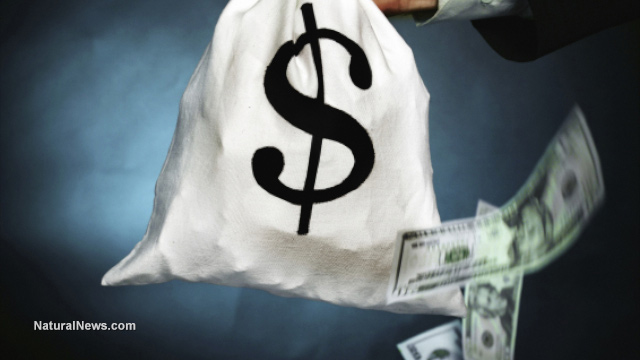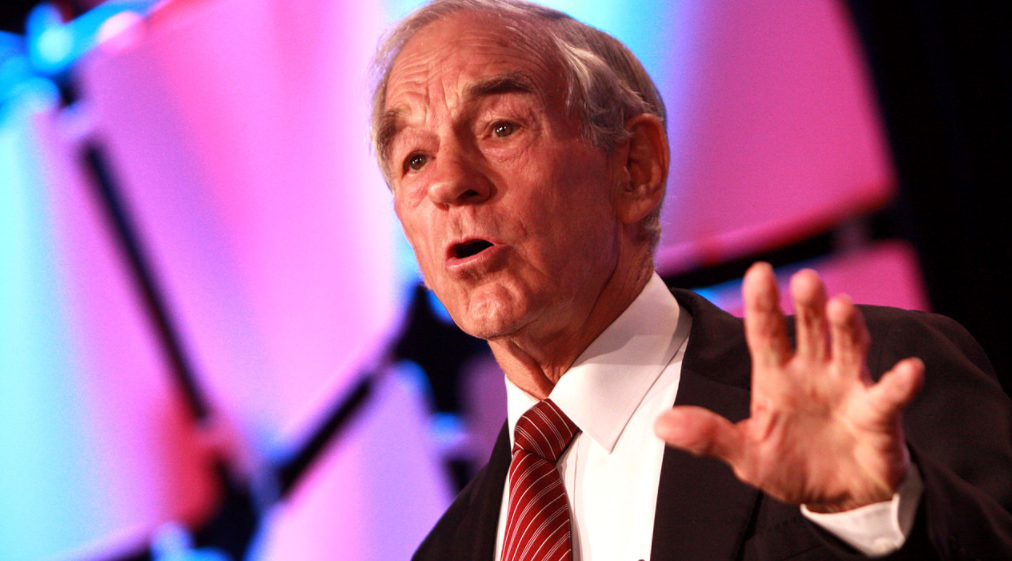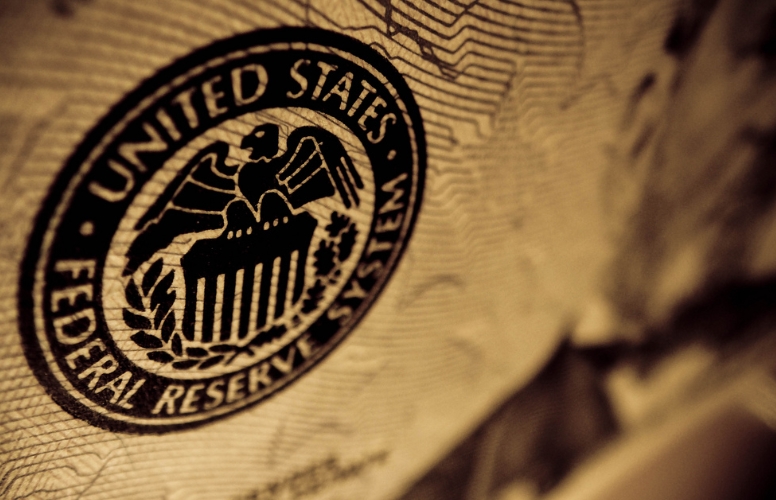Huge number of homebuyers now underwater in Biden’s economy, with ‘early’ delinquencies hitting 2009 levels
12/11/2022 / By JD Heyes

Beneath the rosy claims of an ‘improving economy’ from Joe Biden and his Democratic congressional majority is a rising housing crisis that looks set to rival the market collapse circa 2008-09.
The imploding housing market last month saw a record drop in pending home sales as prices were cut and potential buyers canceled deals. Now, according to a new analysis from Black Knight, there were around 450,000 homeowners who owe more than their house was worth as the third quarter ended.
Of that figure, about 60 percent — roughly 270,000 — bought homes during the first nine months of this year. And the analysis noted further 8 percent of mortgages taken out in 2022 are marginally underwater, with another 20 percent having very low equity.
“We’ve now seen four consecutive months of home price pullbacks at the national level,” Black Knight Data & Analytics President Ben Graboske explained. “But after a couple of significant drops earlier in the summer, the pace of cooling has slowed considerably, with October’s non-seasonally adjusted drop of just 0.43% the smallest decline yet. Though seemingly counterintuitive, the much higher rate environment may be limiting the pace of price corrections due to its dampening effect on inventory inflow and subsequent gridlock in home sale activity.
“While the median home price is now 3.2% off its June peak – down 1.5% on a seasonally adjusted basis – in a world of interest rates 6.5% and higher, affordability remains perilously close to a 35-year low. Add in the effects of typical seasonality and one might expect a far steeper correction in prices than we have endured so far, but the never-ending inventory shortage has served to counterbalance these other factors. Indeed, the volume of new for-sale listings in October was 19% below the 2017-2019 pre-pandemic average,” Graboske continued.
“This marks the largest deficit in six years outside of March and April 2020 when much of the country was in lockdown – with the overall market still more than half a million listings short of what we’d consider ‘normal’ by historical measures,” he said.
“Though the home price correction has slowed, it has still exposed a meaningful pocket of equity risk. Make no mistake: negative equity rates continue to run far below historical averages, but a clear bifurcation of risk has emerged between mortgaged homes purchased relatively recently versus those bought early in or before the pandemic,” the analyst continued.
“Risk among earlier purchases is essentially nonexistent given the large equity cushions these mortgage holders are sitting on. More recent homebuyers don’t fare as well. Of the 450K underwater borrowers at the end of Q3, the mortgages of nearly 60% had been originated in the first nine months of 2022 – and these were overwhelmingly purchase loans. All in, 8% of purchase mortgages originated thus far in 2022 are now marginally underwater, with another 20% in low equity positions. Among FHA purchase mortgage holders specifically, more than 25% have slipped underwater and more than three-quarters have less than 10% equity. This is an illustrative and, unfortunately, potentially vulnerable cohort that we will continue to keep a close eye on in the months ahead,” he said.
In terms of where it is most and least affordable to live, St. Louis, MO. comes in at the former, while Sacramento, Calif., unsurprisingly, is the least-affordable place to live based on current payment-to-income ratios, according to Zero Hedge.
Black Knight’s analysis noted further:
Digging deeper into the month’s data, Black Knight found that, while still relatively low among conforming loans, the early-payment default (EPD) rate – which captures mortgages that have become delinquent within six months of origination –– has risen among FHA loans for much of the past year to reach its highest level since 2009, excluding the months in the immediate wake of the pandemic. This ties into the equity risk discussed above as well.
Several economic sectors, as well as employment, are set to take major hits as the Fed is forced to continue raising interest rates in order to tame inflation caused by Biden and Democrats’ overspending.
Sources include:
Submit a correction >>
Tagged Under:
2009, Bubble, default, dollar demise, economy, home prices, housing, housing bomb, housing collapse, Housing Market, Inflation, Joe Biden, Market Analysis, market crash, mortgage, mortgages, national debt, overextended, payment to income, pensions, risk, supply chain, under water
This article may contain statements that reflect the opinion of the author
RECENT NEWS & ARTICLES
COPYRIGHT © 2017 RISK NEWS





















